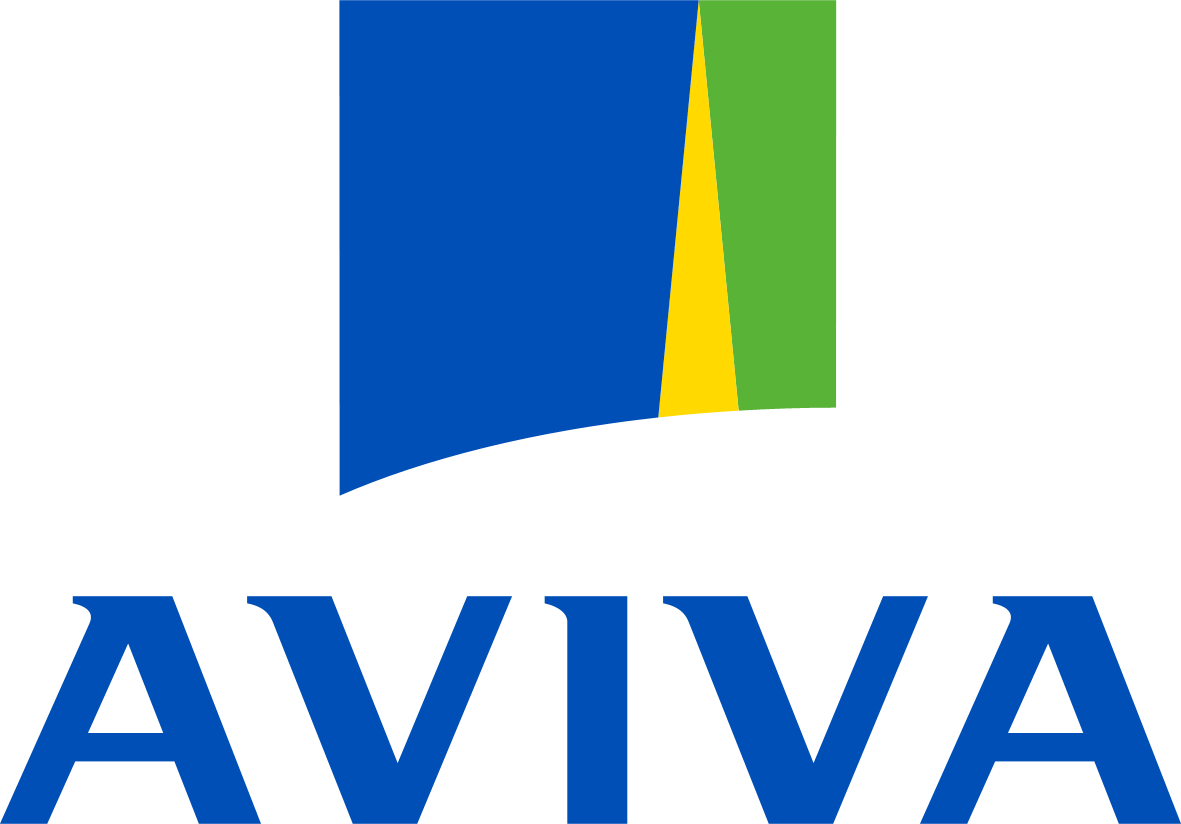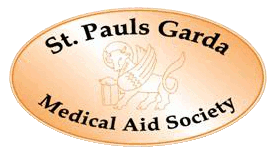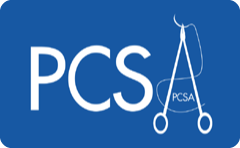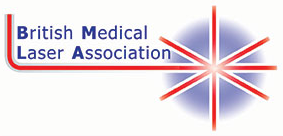 Download this information as a PDF
Download this information as a PDF
Keratosis pilaris is a very common condition in which there are numerous rough follicular spots, which may be skin coloured, red or brown. Most often they arise on the outer aspect of the upper arms. They may also occur on the thighs and cheeks, and less often on the forearms and upper back.
Keratosis pilaris is most obvious during the teenage years. It may also be present in babies and persist into adult life. However, it is uncommon in elderly people. Keratosis pilaris is particularly prevalent in those who are overweight, or have celtic backgrounds, atopic dermatitis or ichthyosis. Keratosis pilaris tends to be more severe during the winter months or other times of low humidity when skin dries out. Although unsightly at times, it is completely harmless.
Variants of keratosis pilaris include:
- Keratosis pilaris rubra: reddened lesions
- Keratosis pilaris atrophicans faciei: facial follicular atrophy (small scar-like depressions)
- Ulerythema ophryogenes: involvement of the outer eyebrows
What causes keratosis pilaris?
Keratosis pilaris is genetic in origin but the precise cause has not yet been determined. It is thought to be a disorder of keratinisation in which the sticky cells that line the hair follicle form a horny plug instead of exfoliating. This widens the pores making them appear more obvious than elsewhere. Often a curled hair can be identified under the skin.
Treatment
Because it is a genetic disorder, no cure is available. Some people find the following useful:
- Non-soap cleansers (soap may exacerbate the dryness)
- Moisturising cream applied twice daily; try those containing urea, salicylic acid or alphahydroxy acids.
- Rubbing with a pumice stone or a ‘Buf-Puf’ in the shower or bath
- Topical retinoids, which are gels or creams available on prescription. For the first few weeks of treatment, redness and peeling of the treated areas can be expected. Topical retinoids are not suitable for young children and must not be used in pregnancy.
- Pulse dye laser treatment or intense pulsed light (IPL): this may reduce the redness (at least temporarily), but not the roughness.
- Laser assisted hair removal may also be of benefit in some cases.














